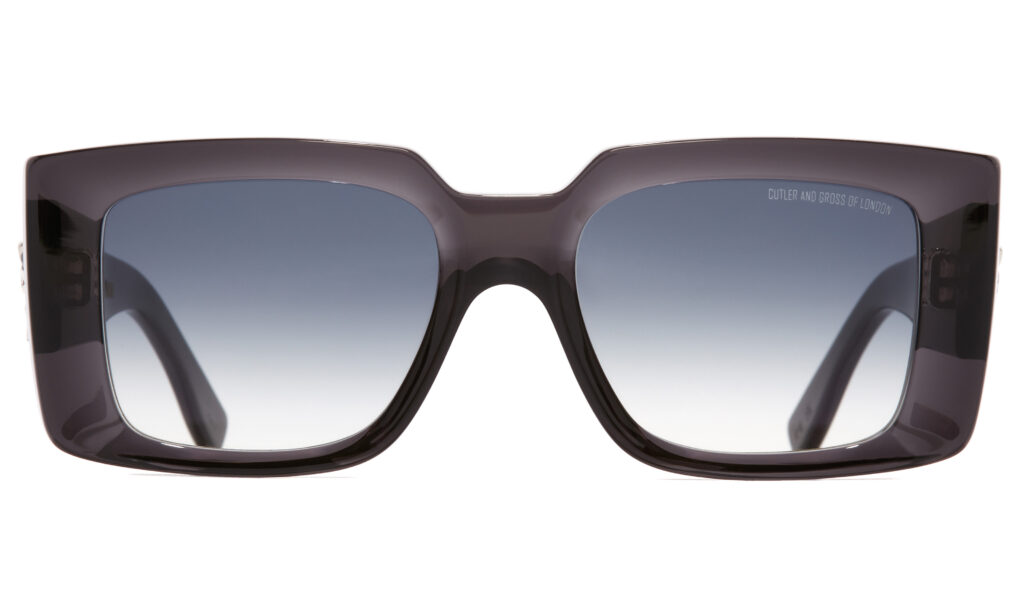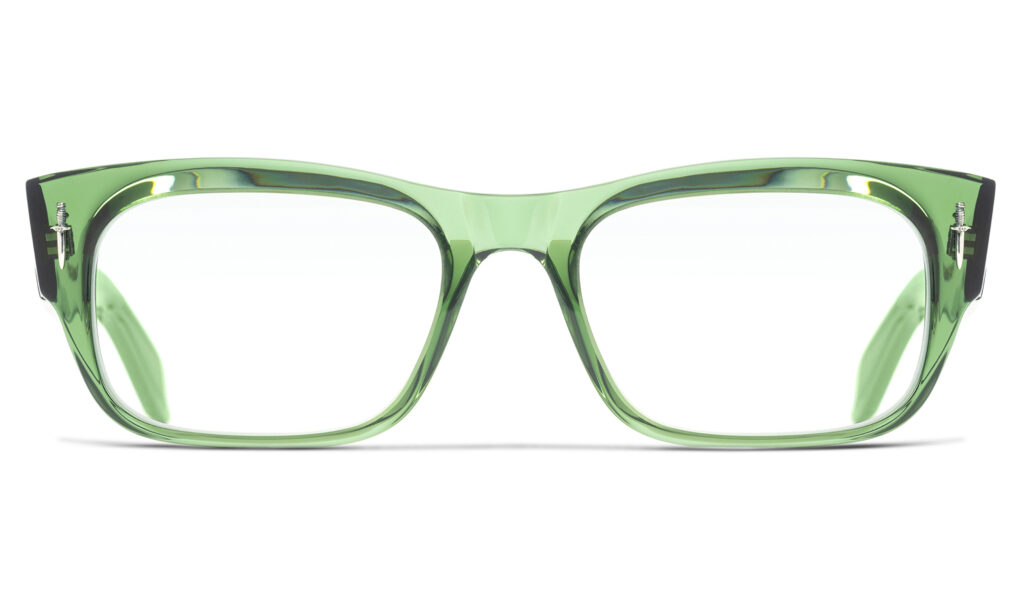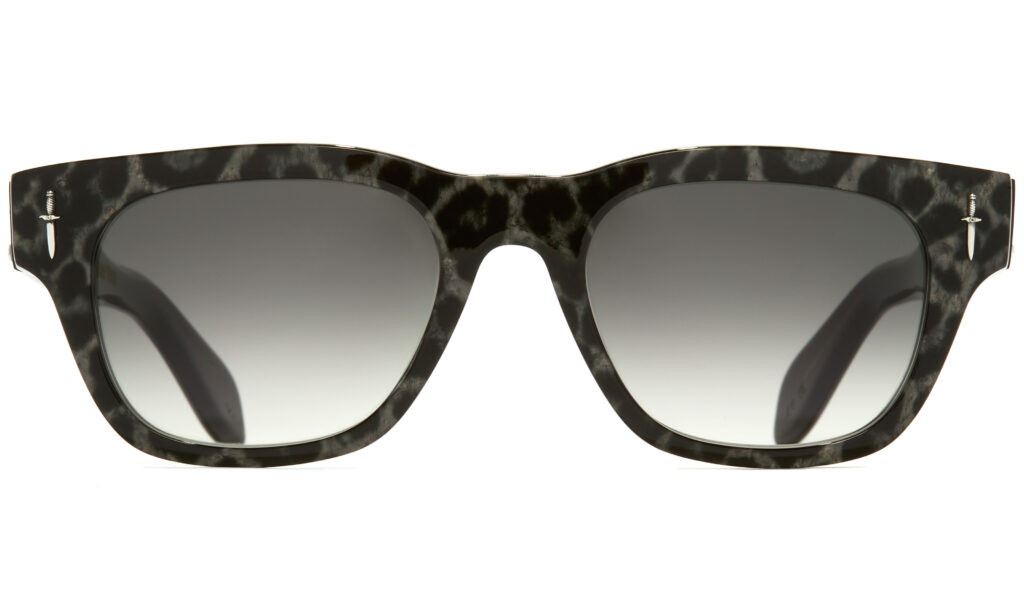Cutler and Gross’s In Conversation series celebrates our customers and their personal style. We explore their creative journey, from career beginnings to breakthroughs, and uncover how their Cutler and Gross frames fit in with their unique aesthetic.
Interview by David Hellqvist | Photography by Nathaniel Wood | Creative by Document Studios
What does Madonna, Moby and Metallica have in common? Or Roxette, Rammstein and Robbie Williams? I could go on listing names for some time because music video director Jonas Åkerlund, the red thread weaving through this musical hit list, has an extensive CV of bands and artists who’s benefitted from his aesthetic vision while themselves defining the airwaves of late 20th and early 21st century. Music videos (the cinematic area in which the Swedish director began his career before moving on to documentaries), Hollywood movies and television series, might not be as prevalent today as in their MTV heyday but they still fill an important function: creating a visual backdrop to the sound of music.
While still directing music videos, Åkerlund – who now lives in Los Angeles – has added not one but several strings to his bow. Concert films and rock documentaries have kept him in the music industry but since 2002, when ‘Spun’, his first feature film, debuted, Åkerlund has been able to speak to a larger audience, and for much longer at a time, upgrading from two minute bubble-gum pop promos to two-hour-long silver screen flicks.
Åkerlund’s Hollywood journey started in a Stockholm suburb. Drumming in a black metal band, he quickly moved onto learning the visual language of music. Add to that the magical world of MTV and Åkerlund’s fate was sealed. By the end of the 1990s, he’d conquered the two global pop cultural bastions of our time: the UK and the US. Working with Madonna on ‘Ray of Light’ in 1998 started a 25 year (and counting) professional relationship, and in the fickle business of pop music (and the high maintenance personalities that come with that), surely such longevity is the definition of success?
“The mid 90s were magical: budgets were big and the artists were keen on making artistic statements with their music. We were encouraged to make ground-breaking videos.”
Jonas Åkerlund
How do you describe what you do when you meet someone for the first time?
Today, I think I have enough confidence to say that I’m a filmmaker, sometimes I might even use the word director. But that took me a while to feel like I earned that, I’m humble in a Swedish way when it comes to titles.
Long before directing music videos and feature films you were in a Swedish black metal band…
Yes, Bathory, and weirdly enough that part of my past has caught up with me because there was a big chunk of my life where I didn’t even think about the band I was in, but then I started to see T-shirts and tattoos, and people approached me to talk about it, so it has become a part of who I am now. But it’s a very small part of my creativity. I wasn’t in the band for a very long time, but I quickly became the visual guy: I came up with logos, ideas and concepts for music fairly early on, even before I knew I was going into music videos.
What was your route into filmmaking?
I was lucky to end up working at a film company in Stockholm as an assistant and eventually I became an editor there. But I didn’t think the footage the directors gave me to work on was good enough, so I would go out and shoot it myself. I was very young but that became my film school. I was working on proper productions with proper budgets, practising to shoot and edit. Music videos came into my life as MTV launched in Europe, opening up a whole new world.
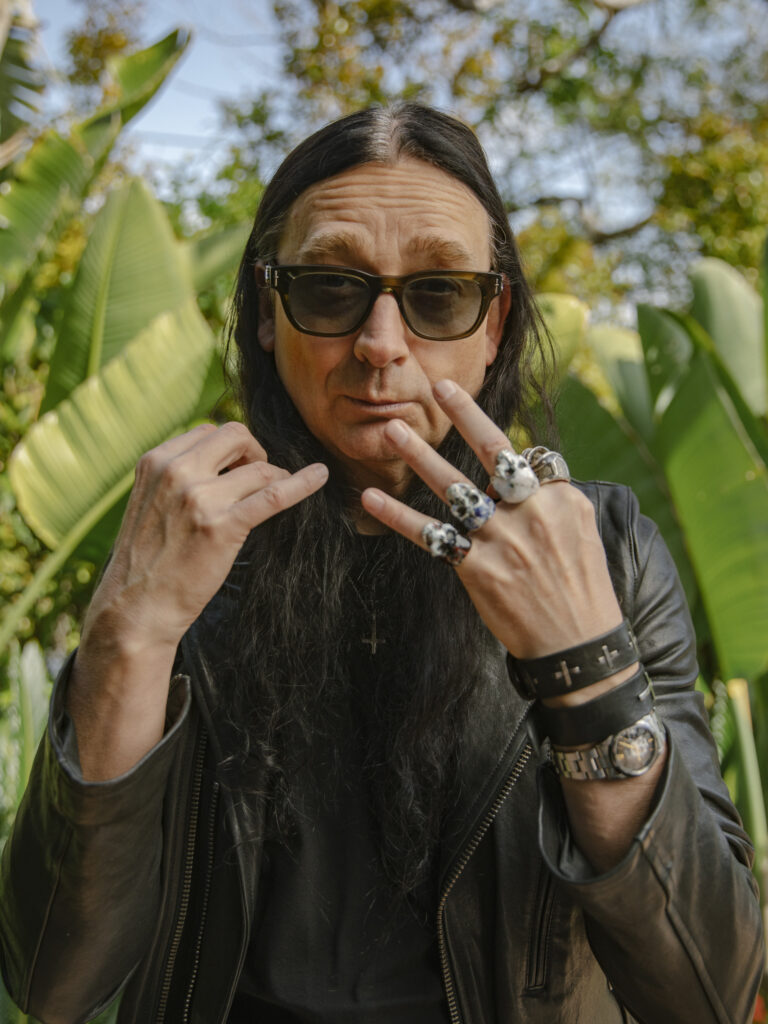
What would you say was the peak era for music videos?
I would say the mid 90s to early 2000s. Those were magical years when the budgets were big and the artists were keen on making statements with their music. We were encouraged to create ground-breaking videos every time. That sadly changed and the music industry became more like traditional advertising where you were worried about what people would think, worried about if it was going to sell albums and so on.
How did you go from working in Sweden to directing videos for international stars? That was quite the jump at the time.
The problem with working with artists back home was that nobody really saw it because Sweden was such a small market, and the only band we had with an international audience was Roxette. I was lucky to get to know Marie Fredriksson and Per Gessle [from Roxette] and I did some videos for them, which were shown outside Sweden. Don’t ask me how, but Liam Howlett from The Prodigy saw one of them and asked me to direct their ‘Smack My Bitch Up’ video. But I still thought that was a one-off, there was nothing to say I was going to have an international career. Until Madonna called. We hit it off, and I still work with her, 25 years later.
“There was nothing to say I was going to have an international career. Until Madonna called. We hit it off, and I still work with her, 25 years later.”
Jonas Åkerlund
I like how a lot of your clients are almost polar opposites in terms of style: you’ve worked with Britney Spears, Christina Aguilera and Pink, as well as Rammstein, Metallica and The Prodigy. Did you enjoy that wild mix of people and sounds?
Yes, that was what fuelled me. But in the beginning of my career, I was quite snobbish. I got a lot of offers to do pop music videos, always turning them down. Until I got asked to do an Aguilera video and I just connected with the song when I heard it. I had an idea for the video, and it became something that I hadn’t done before. It took me slightly outside my comfort zone and that made it magical. I get a lot of energy from trying different things, and I always said that I like the idea of taking my artists outside their own comfort zones when I work with them.
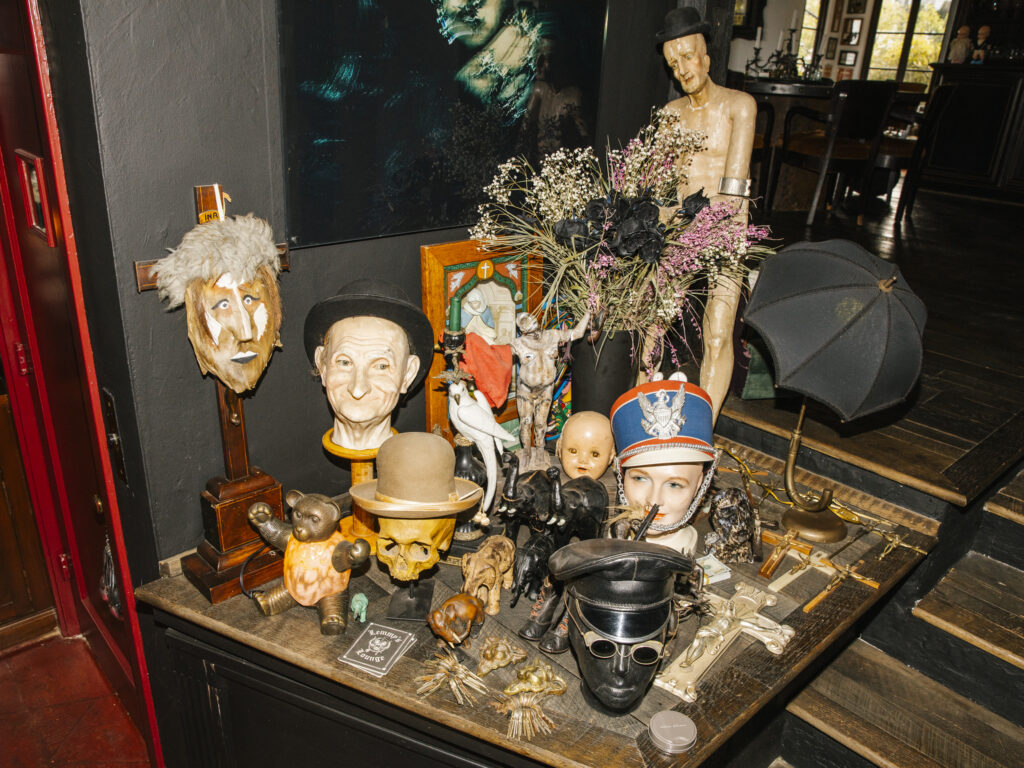
Where did the idea of directing feature films come from, was that always at the back of your head?
Not at all. I had no plan whatsoever to make movies when I came to LA, but in every meeting I went to I’d be asked when I was going to shoot one. Back then music video directors were like rock stars, so I was getting big offers all the time, but I didn’t take any of them because I didn’t feel like I was ready. I was still learning, and I didn’t have enough confidence, I was still trying to figure it out here in America. The pressure mounted and eventually I started looking around for a story.
“The Cutler wrap-arounds were my signature glasses in the mid 90s. When they stopped making them, I managed to pick up all the stock the stores had left.”
Jonas Åkerlund
How did you find it?
There was this homeless guy that lived on the street of my first LA house. He was a tweaker [a methamphetamine addict] but he knew my work, he’d watched some of my short films and he fully believed that I was going to make his life story into a movie. He’d even written down scripts on napkins and scrap papers. So, when a producer asked me what movie I was going to make, I said I was going to tell this guy’s story. And that became my first movie: ‘Spun’. It was an independent movie with a great cast, people like Mickey Rourke, Brittany Murphy and Jason Schwartzman – all of them incredible actors!
Is it fair to say a lot of your films have dark undertones, stylistically as well as story-based?
When it comes to my movies, I tend to get excited by … I don’t want to say dark stories, more like real characters and real stories, something, or someone I feel is genuinely interesting and that I’m drawn to. I tend to take unlikeable characters and make them likeable on film. I add humour into situations that are not supposed to be funny. My humour might be dark but it’s not something I set out to include, it’s not like I’m trying to find the darkest story or a controversial plot for the sake of being different.
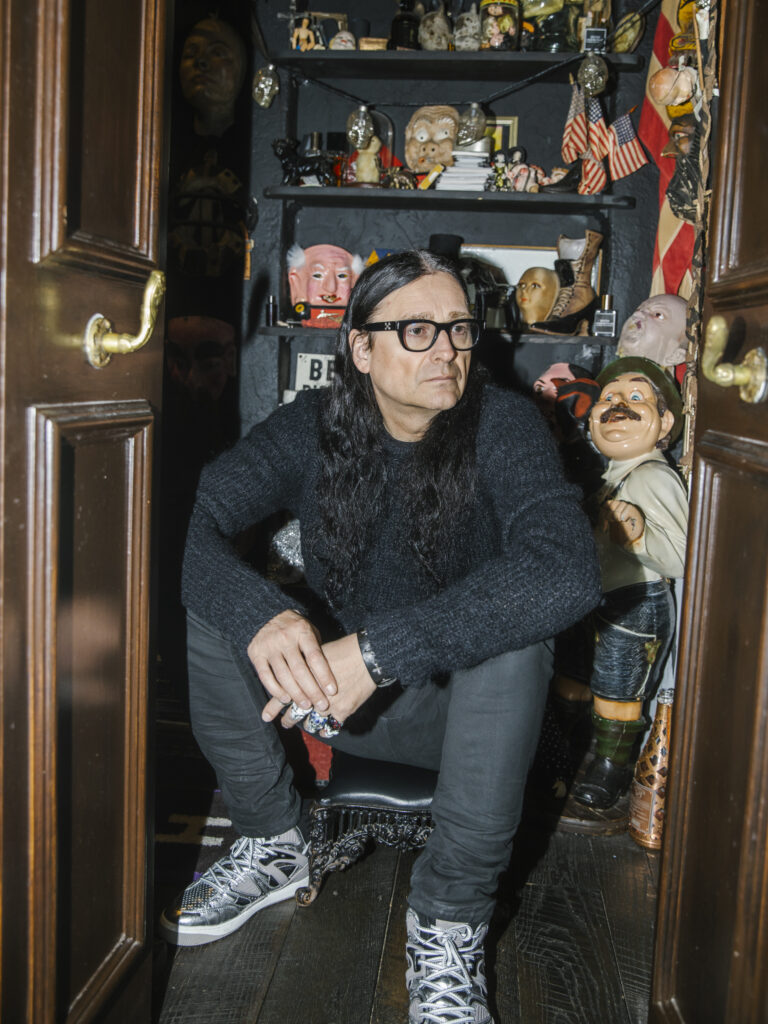
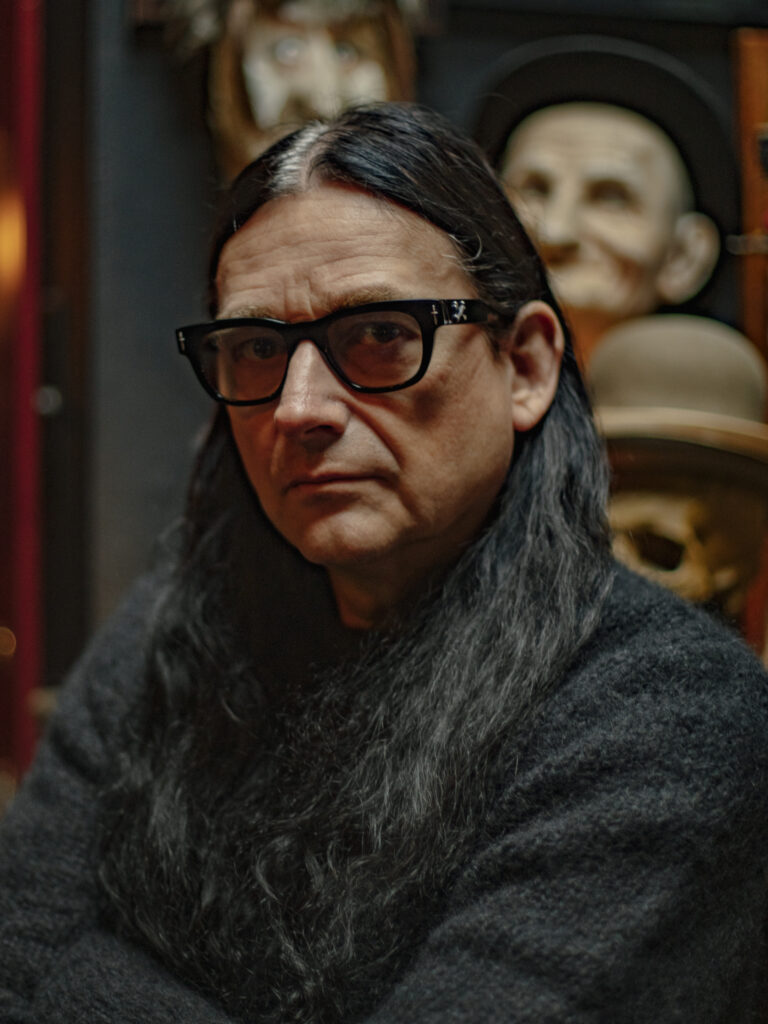
What influence has LA and America had on you in terms of your style and lifestyle?
To me, America was always like a surreal dream. I had an idea of what California would look like, but I’m kind of immune to what the American dream looks like right now. It’s changed a lot, but over the years it’s been fantastic. It’s been my workplace for so long, and it’s slowly becoming my home, even though I have strong roots in Sweden and still have a house there. Also, I travel all the time, so I get to go away and recharge. But LA is the best place in the world to cocoon and it’s the best place to be creative. Everything is around the corner, and it’s the place where people from all over the world come to meet up and create together.
What about Cutler and Gross, where did you first come across them?
My Cutler story goes way back. I discovered the wrap-arounds in the mid 90s, and they became my signature glasses. I think I have 50 pairs of them. When they stopped making them, I managed to pick up all the stock the Cutler stores had left. Unfortunately, when you get older you often need prescription glasses and that sadly doesn’t work in the wraparounds. All in all, I would say that I have, including the wrap-arounds, probably 70 or 80 pairs of Cutler frames.
You’re wearing Cutler and Gross X The Great Frog in these images, it feels like a collaboration that suits you?
Yeah, definitely. I’ve been wearing The Great Frog rings for forever so when I walked into their store and I saw these Cutler frames I was all over them. Funnily enough, last summer I had dinner with Paul Stanley from Kiss, and as I walked into the restaurant wearing these, he saw me, stood up and pulled out the exact same pair from his jacket!
Åkerlund’s latest series ‘Clark’, starring Bill Skarsgård, is out on Netflix now. Find out more about Åkerlund’s upcoming projects on his website and Instagram: @jonasakerlund.


